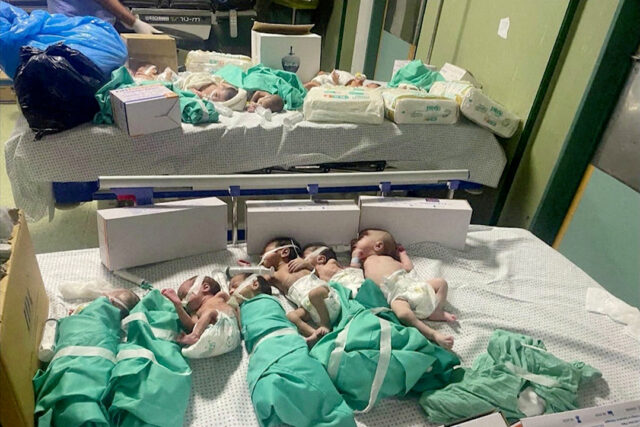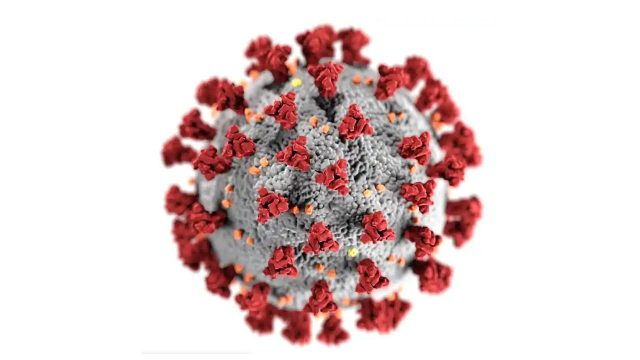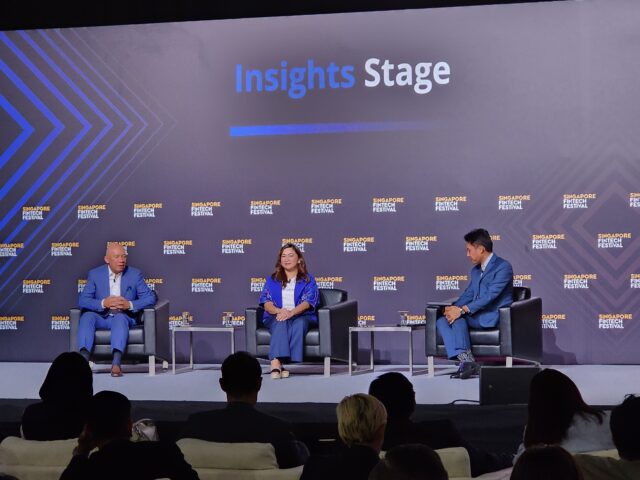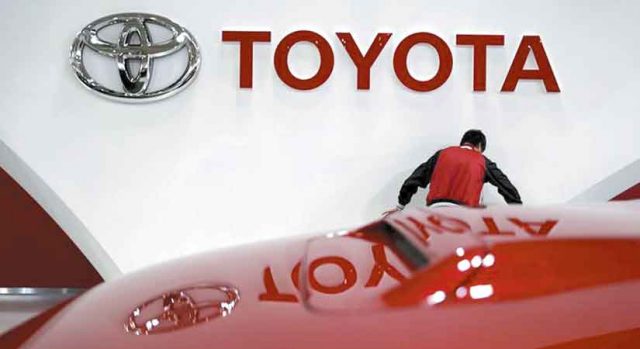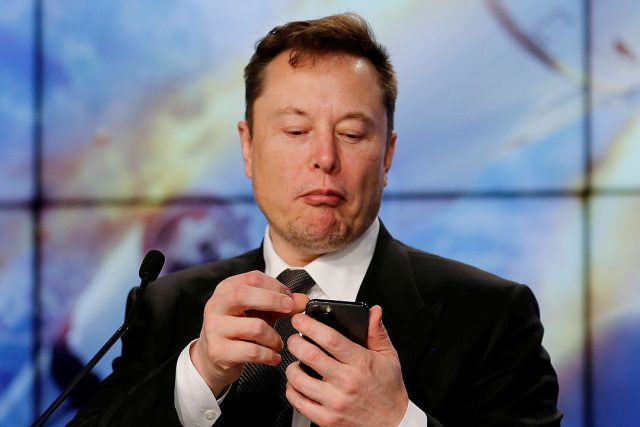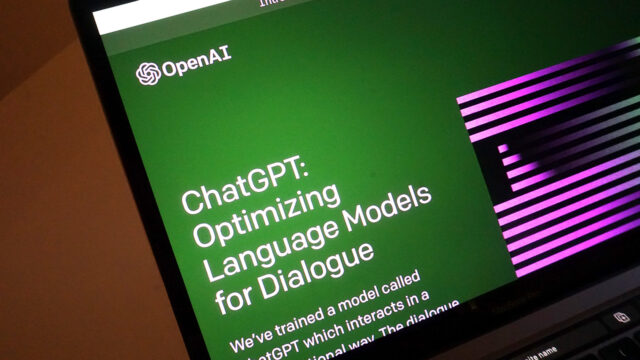N. Korea tells Japan it plans to launch satellite in coming days
TOKYO/SEOUL — North Korea has notified Japan it plans to launch a satellite between Wednesday and Dec. 1, in what Tokyo and Seoul said could be a third attempt to put a spy satellite into orbit in violation of a U.N. ban.
Japan’s Coast Guard said on Tuesday the North gave notice of the launch in the direction of the Yellow Sea and East China Sea. South Korea’s state maritime safety agency issued a warning to vessels of the planned launch for the same areas as previous launches.
North Korea had attempted to launch what it called spy satellites twice earlier this year but failed, and South Korean officials have said in recent days that it appeared set to try again soon.
The notice prompted immediate condemnation from Japanese Prime Minister Fumio Kishida, who said his country’s defense systems, including the Aegis destroyers and PAC-3 air defense missiles, stood ready for any “unexpected situation” that arose.
“Even if the purpose is to launch a satellite, using ballistic missile technology is a violation of a series of United Nations Security Council resolutions,” Mr. Kishida told reporters.
“It is also a matter that greatly affects national security.”
Japan will work with the United States, South Korea and others to “strongly urge” North Korea not to go ahead with the launch, Mr. Kishida said.
South Korea’s defense ministry said it was watching the North’s planned launch. Previous launches came in the early hours of the first day of the window, the ministry said, and it was possible the third attempt would be successful.
FLEET OF SATELLITES PLANNED
North Korea has notified Japan, as the coordinating authority for the International Maritime Organization for those waters, of its satellite launch plans previously.
Pyongyang considers its space and military rocket programs a sovereign right, and has said it plans a fleet of satellites to monitor moves by U.S. and South Korean troops.
It has made multiple attempts to launch what it called “observation” satellites, two of which appeared to have successfully reached orbit.
Analysts say spy satellites are crucial to improving the effectiveness of North Korea’s weapons.
The launch would be the first since North Korean leader Kim Jong Un toured Russia’s modern space station in September where President Vladimir Putin promised to help Pyongyang build satellites.
North Korea’s notice follows its denouncement on Monday of the potential U.S. sale of hundreds of missiles to Japan and South Korea, calling it a dangerous act and vowing to boost deterrence and respond to increased tension.
On Monday, South Korea’s military issued a warning demanding North Korea call off any plan to launch a satellite, describing it as an act of provocation that threatens South Korea’s security.
It said it had done its part to comply with a 2018 agreement with the North not to engage in actions that raise tension while the North repeatedly violated it by launching missiles and flying drones.
South Korean officials have said they were reviewing the possibility of suspending some parts of the agreement.
After the May launch attempt, South Korea retrieved the wreckage of the satellite from the sea and said an analysis showed it had no meaningful use as a reconnaissance platform.
On Tuesday, the US aircraft carrier Carl Vinson entered the South Korean port of Busan on a previously scheduled visit as part of a increased readiness by the allies against North Korea’s missile and nuclear threats, South Korea’s navy said.
South Korea separately plans to launch its first reconnaissance satellite from California on Nov. 30 with the aid of the United States. — Reuters



